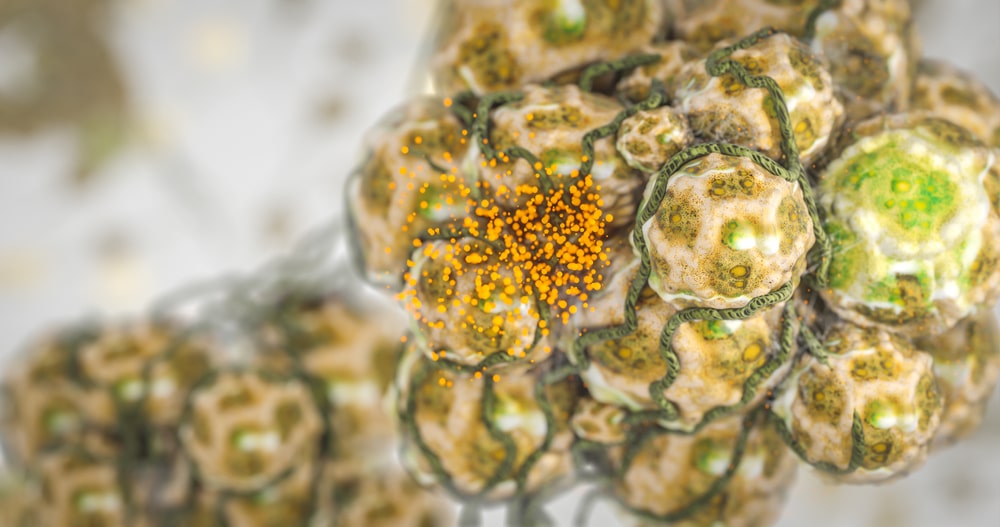Mould: Fungi which form mycelia are called moulds or filamentous fungi. The thallus (body) of a mould or fleshy fungus consists of long filaments of cells joined together, these filaments are called hyphae. They are 2 to 10 µm in diameter. In most moulds, the hyphae contain cross-walls called septa (septum), which divide the hyphae into distinct, uninucleate or multinucleate cell-like units.
Yeast: Yeast is round, oval or elongated unicellular fungi. Most of them reproduce by an asexual process called budding in which the cell develops a protuberance which enlarges and eventually separates from the parent cell. On culture, they form smooth, creamy colonies e.g. Saccharomyces cerevisiae, and Cryptococcus neoformans. The difference between yeast and mould is given in Table.
Difference between Mould and Yeast
| Mould | Yeast |
| Mould contains multiple identical nuclei. It grows in the form of mycelium or hyphae of filaments. | Yeast is round, oval or elongated unicellular fungi. Yeast contains only a single cell. |
| It has a fuzzy appearance on the surface of media forming black, green, brown, orange or pink colour. | It forms white, circular, smooth, creamy colonies on the surface of the media. |
| Strictly aerobic. | Aerobic, some yeasts are facultatively anaerobic. |
| The optimum temperature for growth is 22 to 28 oC. | The most suitable temperature is 32 to 37 oC. |
| Reproduce through small spores, which can be either sexual or asexual. | Most of them reproduce by an asexual process called budding. |
| Most species are used for the production of enzymes and antibiotics. | Most species are used for the production of enzymes and antibiotics. |
| e.g. Aspergillus niger, Aspergillus fumigatus, Penicillium notatum | e.g. Saccharomyces cerevisae, Cryptococcus neoformans. |
Make sure you also check our other amazing Article on : Biochemical Tests of Bacteria
